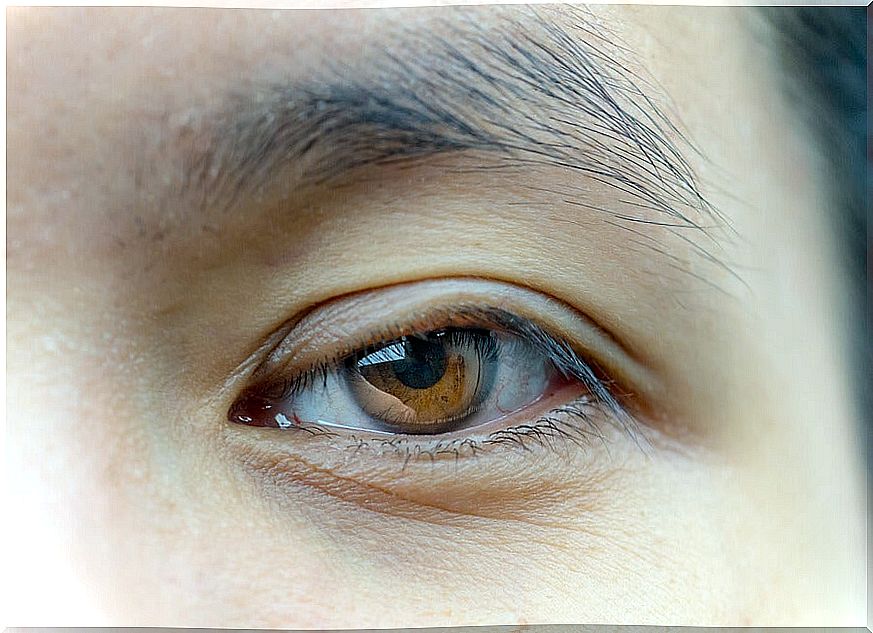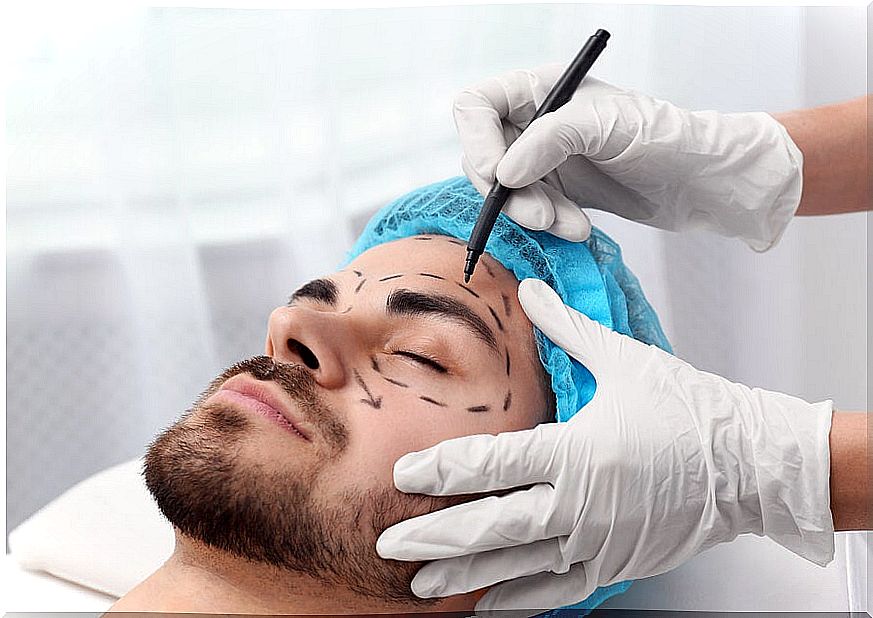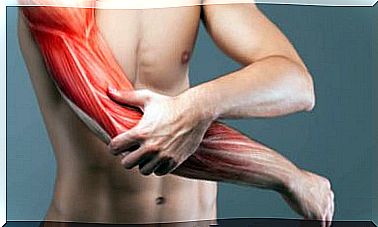Do You Know What Blepharochalasia Is?
Blepharochalasia is an inflammatory disease in which the skin on the eyelids stretches and thins, causing it to fall above the eye. Here we detail what are its possible causes.

Blepharochalasia is the term used to refer to an inflammatory disease that rapidly degenerates the eyelids. These are stretched and thin as a natural process of aging. However, sometimes it develops early from the age of 40.
Due to this condition, the skin loses elasticity, sags and creates skin folds that can fall above the lashes. In milder cases, there may be a feeling of visual fatigue and heaviness in the eyelids. Meanwhile, in extreme cases, it could block the upper field of vision.
What are your causes? What treatments are available? This time we want to solve these questions. In addition, we tell you when it is necessary to go to the doctor.
What are the causes of blepharochalasia?
To date, the exact causes of blepharochalasia are not known. In fact, there are no conclusive studies or research. Despite this, a group of researchers from the Federal University of Rio de Janeiro suggests that it could be caused by an inflammatory process that leads to the degradation of elastic fibers.
Likewise, this team points out that there are factors associated with its appearance, such as stress, fever and upper tract infections. On the other hand, a publication by the plastic surgeon Pedro Arquero on his website suggests that this condition may be associated with genetic factors. Similarly, lifestyle factors may influence, such as:
- Lack of protection from the sun’s rays
- Tobacco
- Alcohol abuse
In addition, it mentions other less frequent causes such as neurological or muscular diseases.

Diagnosis of blepharochalasia
Given the suspicion of blepharochalasia, due to the decay of the eyelids, it is advisable to see a doctor. The professional, through a thorough physical examination, will be able to give a proper diagnosis and give treatment options. In addition, if necessary, you can suggest additional tests such as:
- Slit lamp examination (biomicroscope).
- Myasthenia gravis test.
- Visual field exam
Are there effective treatments for blepharochalasia?
So far there is no scientific evidence of a non-invasive treatment that can reverse the effect of droopy eyelids. Now, to improve this condition you can resort to blepharoplasty, a surgery that removes excess skin, muscle and fat.
According to Dr. Arquero, this procedure consists of making an incision in the folds of the upper eyelids and just below the eyelashes if the lower eyelid is to be intervened. The latter is done at the patient’s choice to eliminate the bags that form under the eyes.

What to expect after surgery
Although it is a relatively simple process, lasting between 1 and 2 hours, a Mayo Clinic publication notes that the following symptoms may be experienced after surgery:
- Crying eyes.
- Sensitivity to light.
- Blurry vision.
- Double vision.
- Numb or swollen eyelids.
- Bruising
- Pain or discomfort
However, these symptoms may be different for each person depending on their case, lifestyle and medical history.
When to go to the doctor after a blepharoplasty?
Finally, it is necessary to clarify that if any of the aforementioned symptoms does not subside or worsens over time, it is important to consult with the doctor to rule out or avoid possible complications.









